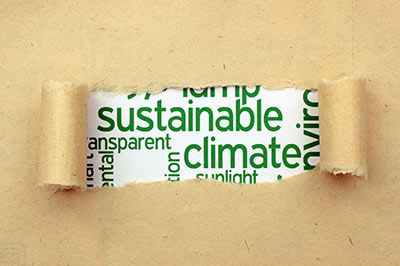EPA, 2009.
The U.S. Environmental Protection Agency (EPA) created the Indoor Air Quality Tools for Schools (IAQ Tools for Schools) Program to help schools assess and improve indoor air quality (IAQ). IAQ is becoming an increasingly important issue in our nation’s schools. Approximately 20 percent of the U.S. population—nearly 56 million people—spend their days inside elementary and secondary schools. Good IAQ assists schools with their core mission—educating children. The background information and activities in this voluntary program are directed toward existing schools in the kindergarten through twelfth grade range, but colleges, universities, preschool, and day-care centers could benefit by applying the principles and activities presented.









